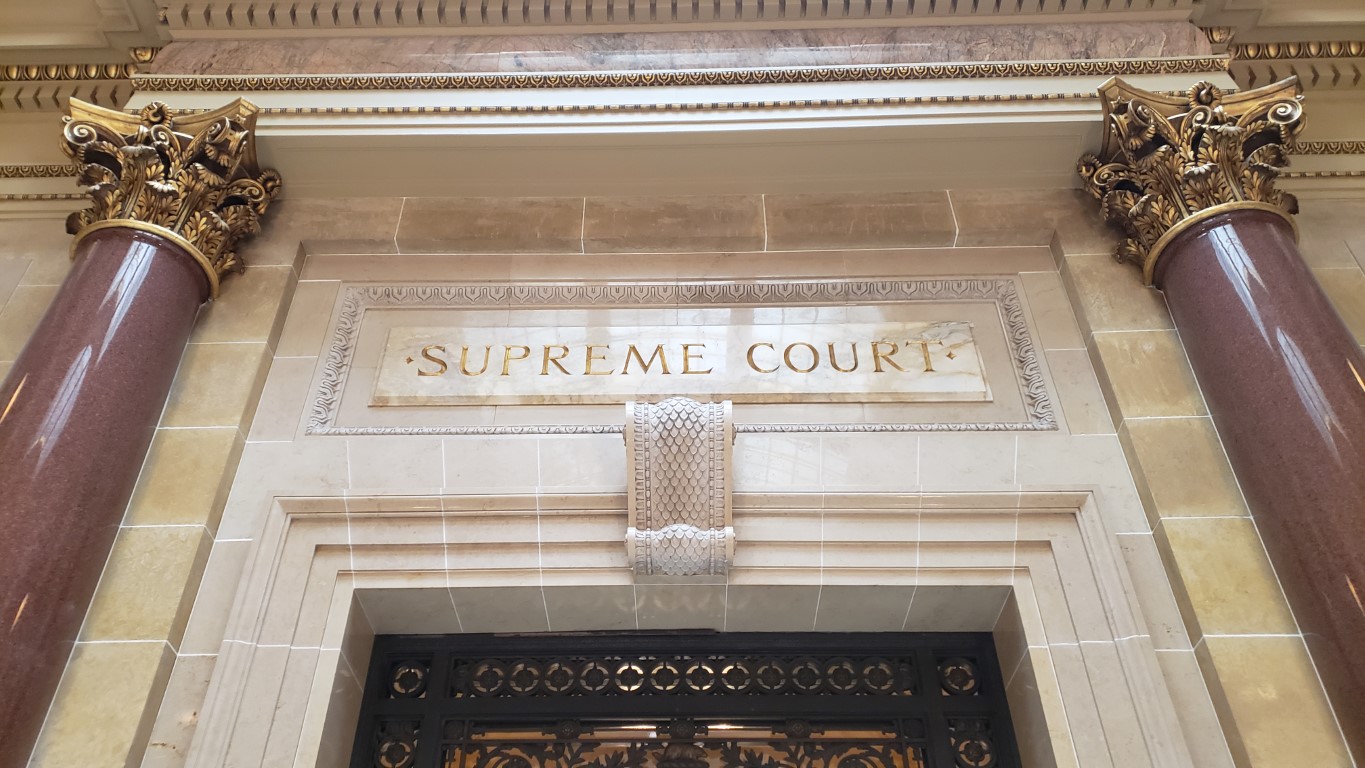Gov. Tony Evers has sent the state Supreme Court a proposed legislative map his office says makes fewer changes to current lines than the GOP lawmakers' version while adding one more majority Black Assembly seat. The guv's office also said his proposed maps for the Legislature and Congress would have more partisan balance than the ones Republicans drew. He vetoed the GOP maps last month. Republica...
Please log in to access subscriber content.
If you don't have a subscription, please contact schmies@wispolitics.com for subscription options on the WisPolitics-State Affairs platform, which is the new home for WisPolitics subscriber products.


